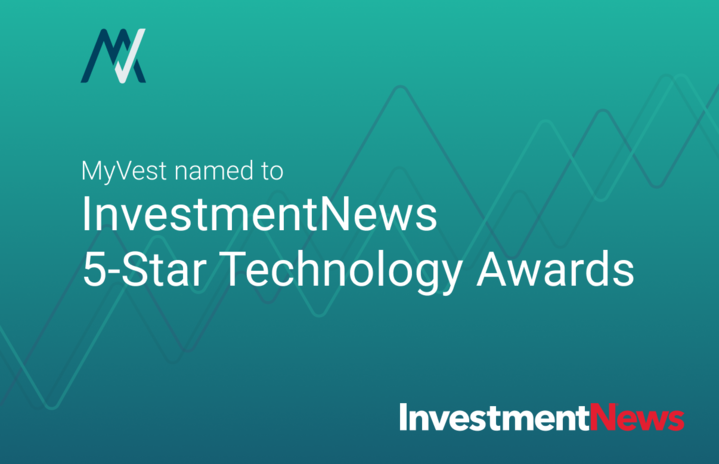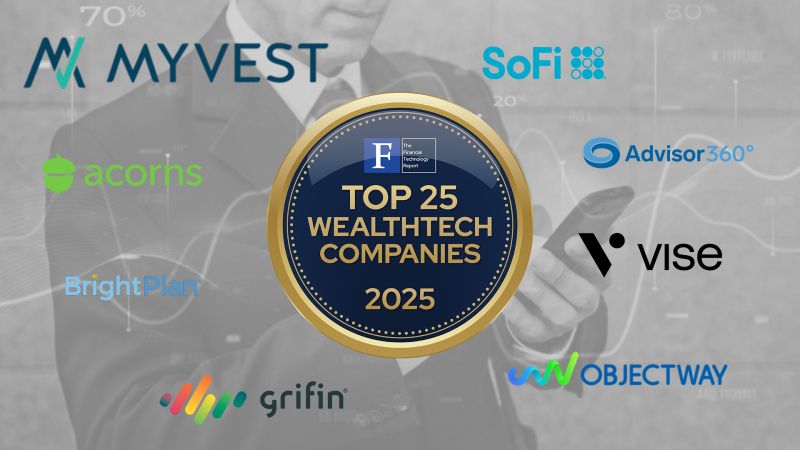Originally published in Private Asset Management | April 2016
Anton Honikman, CEO of strategic portfolio system MyVest, says that with an increased number of firms offering holistic wealth management services comes the need to revisit the meaning behind the terminology.
To suitably re-examine what the term means today, it is important to firstly note the factors that are driving a rise in holistic wealth management.
One of these factors is the increase in goals-based wealth management over the past two years. Leading industry trade associations like the Money Management Institute and firms like Merrill Lynch are endorsing this as a better way compared to the traditional performance-based approach. Another element is the long-term industry movement from commission to fee-based advice, accompanied by the rise of digital wealth innovation and start-ups over the past two years. Overall, being holistic is one part of a bigger industry trend – the move from a product-centric to a client-centric approach to managing wealth.
To date, many advisors have delivered on holistic, comprehensive financial planning that covers an entire household’s assets, liabilities and goals. Others have provided consolidated, holistic reporting across multiple investment accounts. But holistic wealth management is more than just planning and reporting, it’s how you manage your client’s investments on a daily basis the same way they think about it – as a whole.
How many advisors are actually managing all of their client’s assets as a whole? Most are challenged to implement their holistic plans with coordinated, ongoing management of the multiple accounts and investments across a household. Instead, many advisors manage account by account, driven by product specific choices. Such a disjointed approach can often lead to suboptimal results for the client.
But there is a better way.
Connecting financial planning to ongoing investment management: Holistic wealth management starts with linking the upfront financial planning with ongoing portfolio management. Ideally they inform each other in an ongoing relationship, where both can be adjusted as a client’s wealth and life circumstances change.
Organize household accounts into holistic, multi- account portfolios: True holistic ‘management’ means that you create investment portfolios that can contain multiple taxable and tax-advantaged accounts which are then aligned with a client’s goals. Each multi-account portfolio can then be governed by a single investment strategy, a single household asset allocation. It can cover multiple household members, accounts, registrations, and custodians. This organization should also make good use of account aggregation to holistically consider managed and non-managed (held away) assets. This provides a complete financial picture of the household, supporting fully-informed financial planning and investment advice.
Cross-account coordination: Another unique capability you can’t get with managing each account in isolation is cross-account coordination like managing wash-sales, avoiding concentration in the same security across accounts, efficiency in trade order management, and asset location.
Go beyond asset allocation and pursue tax alpha with asset location: A big opportunity with a holistic portfolio is the ability to manage asset location (this is in addition to asset allocation), the process of selecting the optimal account for each security within a household’s portfolio. This method places securities with yields subject to the highest estimated tax burden in tax-advantaged accounts, and vice-versa for taxable accounts. Most advisors want to do this, but are challenged to actually do it in a precise, ongoing manner given the manual overhead.
Demonstrating your value with an outcome based conversation with your clients: One of the biggest trends in wealth management is the move from a performance-based approach to one that focuses on client outcomes. Holistic wealth management allows you to change the conversation to one about progress toward goals, risk management, and tax management – things that you can control which demonstrate your added value.
Anton Honikman is CEO of portfolio management software platform, MyVest. Previously, he led innovation and investment management at Ada Investment Management, Barclays Global Investors (BlackRock) and Barra, Inc. (MSCI).
Read the full interview in PAM’s April 2016 edition (Editor’s note: The April 2016 edition of PAM Magazine is no longer available online.)




![MyVest Byline: The Evolution of the UMA from 1.0 to 3.0 [Wealth Management]](https://myvest.com/wp-content/uploads/wealth-management-logo.webp)
![MyVest CEO predicts growth in model-delivery direct indexing [FundFire]](https://myvest.com/wp-content/uploads/Fundfire-1.png)
![MyVest CEO talks UMA upgrades and industry trends [FundFire]](https://myvest.com/wp-content/uploads/Fundfire.png)